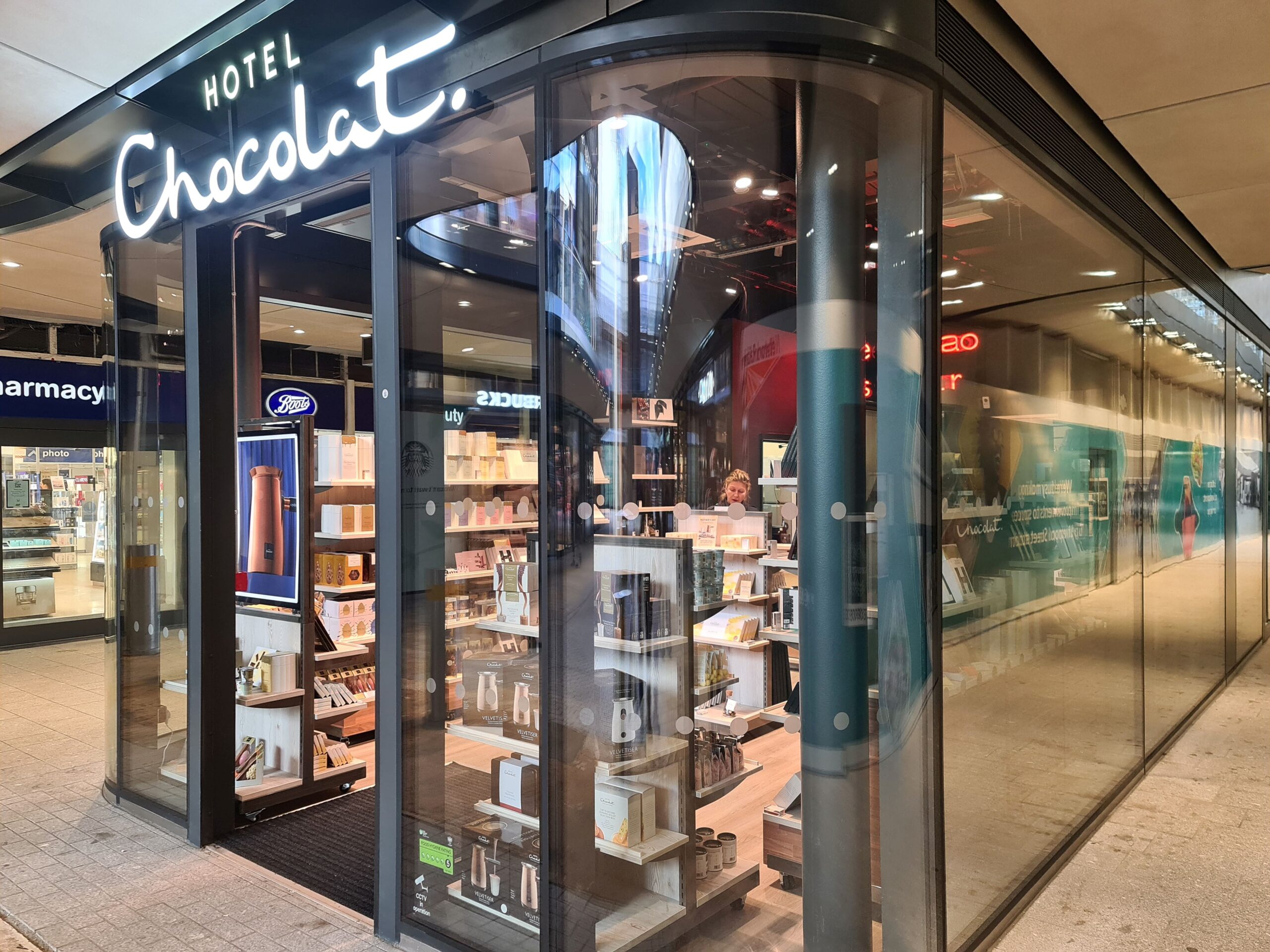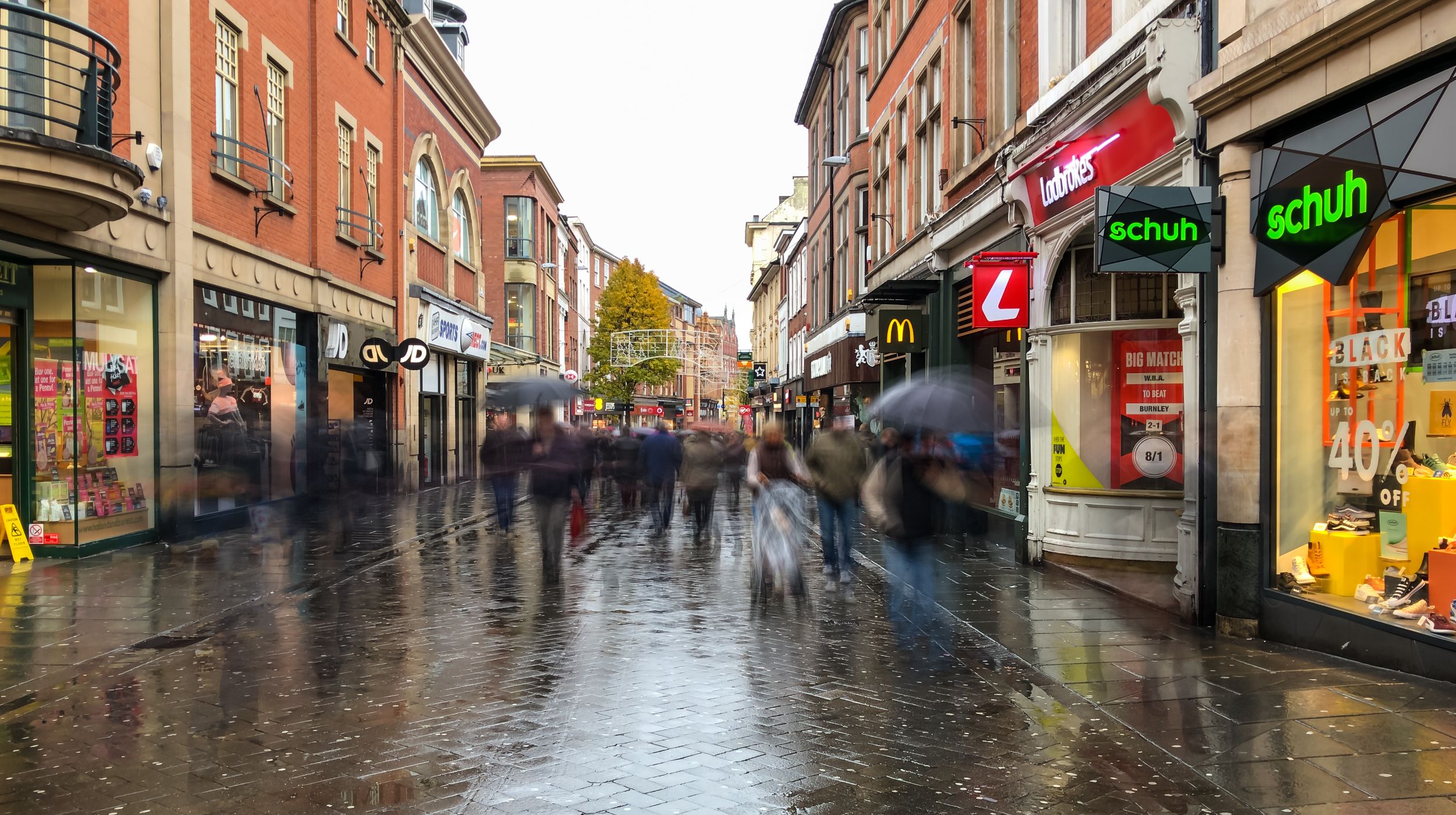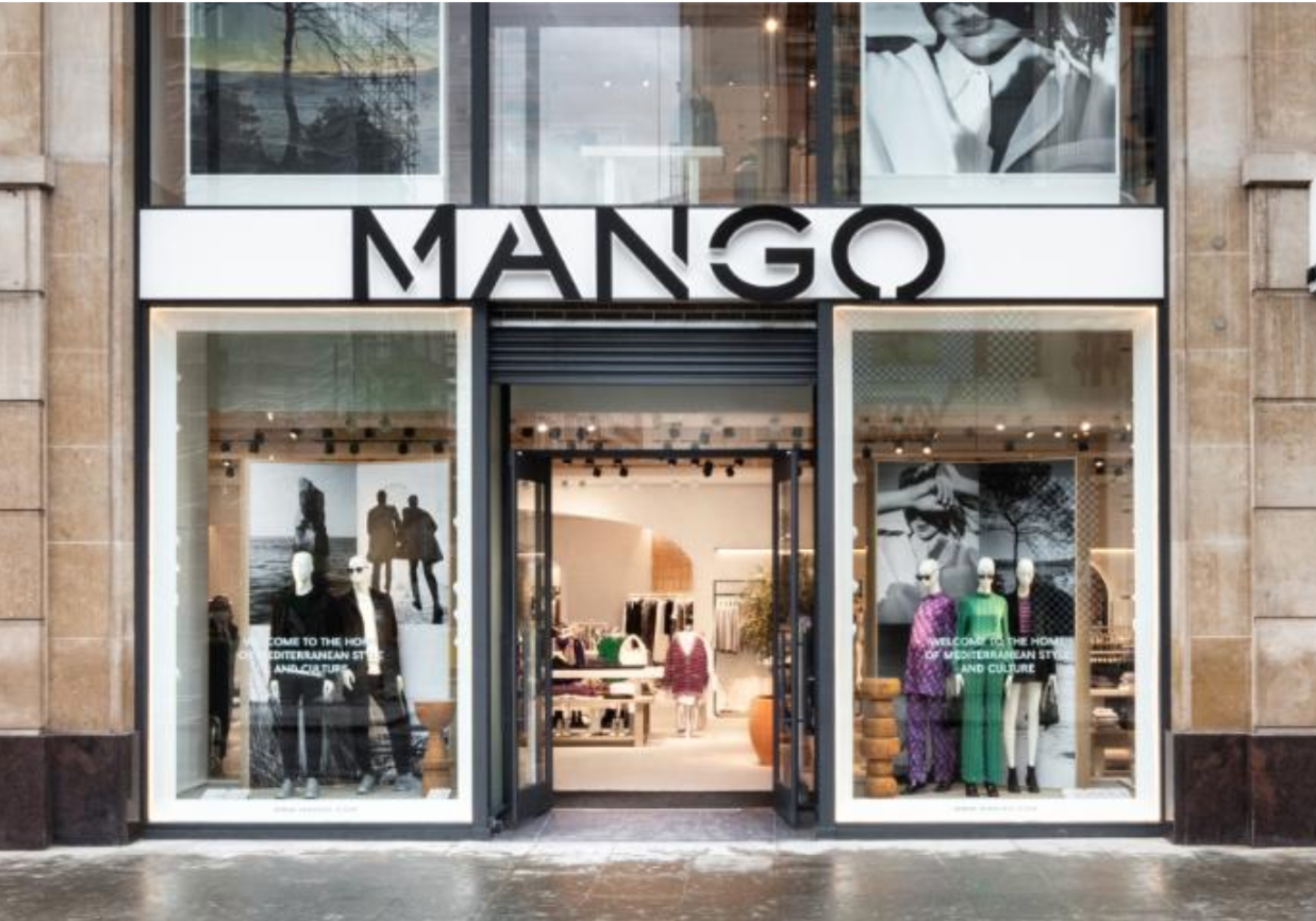Ensuring a seamless experience for customers across multiple countries is a challenge that many retailers now face. Emma Herrod discovers the importance of speed, cost, trust and traceability and having a good understanding of each local market.
The internet and ecommerce have enabled a global marketplace, which makes it straightforward for consumers to buy something from another country and have it delivered to their home address, or a local collection point. The UK is ahead of many countries in being a destination for cross-border and localised ecommerce with eight million parcels being sent from here this year to 40 nations, according to Jonathan Matchett, UK managing director of wnDirect.
Shoppers may look at a site and see the product they want at a great price but don’t realise that it will be shipped from another country and could take longer to arrive than a similar product kept in a warehouse closer to home. Others could be looking at the same product on another website but be unsure of the retailer’s credentials having never bought from them before and with the added factor that they are located in another country.
Operations and logistics therefore have an opportunity to shine, to build trust with customers and provide a service that’s either localised to the country in which they live or appears transparent and leaves them not thinking about delivery until the package arrives. All consumers want, in the words of one Amazon customer, is to know that “it just works”.
Cross-Europe fashion retailer Zalando is an advocate of using the favoured service for the final mile in each of the countries in which it operates. As the company’s senior vice president of sales, Jerome Cochet, told delegates at the 2014 InternetRetailing Conference: “We have to be local where it matters.” This extends to payment and delivery, too.
Fulfilment of orders to different countries raises a number of challenges and these differ depending on the destination. They include customs clearance, shipping route and the final mile solution expected by shoppers. Advising retailers who to partner with for the final mile in each country is something with which companies such as wnDirect and MetaPack can help. “We know who to partner with, from cheap parcel delivery to expensive tracked solutions,” says Matchett. “We’re also aware of what’s happening on the ground.” This includes any changes that will affect deliveries or costs.
Parcels need to cross borders in a seamless, paperless, fast and effortless way, both for retailers and customers. But a one-size-fits-all checkout doesn’t necessarily work when you have different countries with different address formats. “It’s the data as much as the physical parcel that allows that onward journey,” Matchett explains, adding that with the right information, parcels can be cleared through customs before they physically arrive.
 While carrier management systems can be quickly and easily integrated to ensure orders are properly labelled for their outbound route, there is much else to be considered before getting to that point when entering new markets. “There are generic challenges that apply to all markets,” says Justin Lodge, head of customer service and process improvement at sporting goods retailer Wiggle: speed, cost, trust and traceability.
While carrier management systems can be quickly and easily integrated to ensure orders are properly labelled for their outbound route, there is much else to be considered before getting to that point when entering new markets. “There are generic challenges that apply to all markets,” says Justin Lodge, head of customer service and process improvement at sporting goods retailer Wiggle: speed, cost, trust and traceability.
The customer wants their order delivered by the most reliable and cheapest method possible. Speed comes into the equation since the delivery should either match the norm in a particular market or delivery expectations that need to be managed through the right messaging and communications, both before and after customers have made a purchase.
SPEED
Delivery speed is something that is important for customised product site Spreadshirt. CEO Philip Rooke explains that the company runs 19 separate, localised sites in nine different languages plus a new acquisition in Brazil which trades under a different name. It delivers orders which are printed on demand to 180 countries from production facilities in a number of locations including Poland and the US.
According to Rooke, when the company was planning its 2015 launch into Australia, it had to shop around for the best route – with products custom printed and then shipped from a number of factories – and the best price. As a result, Australian orders are printed on demand and shipped from the US.
 Because of the distance involved, time was more important when choosing carriers. “We were less concerned about price and more worried about the experience,” he adds. It decided to send items via UPS to Australia, where they are fed into the local postal service for final delivery to customers. UPS will have handled 100,000 orders for Spreadshirt by the end of the year. “When we reach 300,000 orders a year we’ll probably build our own factory in Australia,” comments Rooke.
Because of the distance involved, time was more important when choosing carriers. “We were less concerned about price and more worried about the experience,” he adds. It decided to send items via UPS to Australia, where they are fed into the local postal service for final delivery to customers. UPS will have handled 100,000 orders for Spreadshirt by the end of the year. “When we reach 300,000 orders a year we’ll probably build our own factory in Australia,” comments Rooke.
In Europe, the company has found that getting orders to the south of France, and into Spain, from its Polish factory has been taking too long. “We’ve decided to do it ourselves,” says Rooke, explaining that it has now teamed up with another company for the French deliveries and to a hub on the Spanish border for the Spanish orders. In the US, it ships mainly via the US Post Service and Fedex, and uses five or six other carriers to ensure coverage.
COST
The cost of delivery also needs to be factored into the business proposition. Does a retailer and its customers want a fast, trackable service at a premium price, a slower, low-cost postal delivery, or something in between? And do you even need to deliver the package to the customer? In Sweden, for example, click and collect is very common, while in Germany shoppers are happy to pick up their order from a locker point. In some countries, it’s time that’s the all-important factor. For example, the Japanese expect their orders to be delivered in two days.
Whether any or part of the cost of delivery is passed onto customers, included in the product price or attributed as a business cost of entry to a new country affects margin. “Cost is critical,” says Lodge. “How much are you going to invest in delivery compared to margin?”
TRUST THROUGH OPERATIONS
Trust has to be built with customers, and this can be done by aligning the messaging that they see online with what the warehouse can actually deliver and the Service Level Agreements (SLAs) with carriers. Operationally, retailers need to know what they can deliver, have systems that automatically notify customers when their parcels have been packed and despatched, and have carrier contracts that reflect the service promised to customers. “It’s about squaring the circle,” says Lodge.
Rooke says Spreadshirt’s website used to tell customers that their order would be ready in one day but didn’t inform them that the delivery time was on top of that. Over the past four years it has grown its international markets and it’s now expert at managing customer expectations. “I have an SLA with customers,” says Rooke, explaining how the company knows exactly when orders have to be printed at which facilities for them to arrive on customers’ doorsteps within the promised time. It also ensures that customs duties are paid, where appropriate, and that customers know when they need to pay, such as orders from the US site which are being delivered to Mexico. Rooke says transparency is fundamental to any customer-facing business and hiding anything to do with tax or shipping “is a terrible thing to do”.
 To ensure that deliveries are made in time, orders for Norway and the UK are printed first at the factory in Poland before those for Germany. In Europe, the company uses DHL as the backbone of its delivery service with local postal services fulfilling the final mile delivery. A high proportion of Spreadshirt’s orders are for specific events, so it’s particularly important that they arrive on time. Many of the people selling designs for merchandise on its sites are YouTube, social media and gaming stars so have a global reach and are also able to compose a disparaging review of the company should their fans be disappointed with the marketplace’s service.
To ensure that deliveries are made in time, orders for Norway and the UK are printed first at the factory in Poland before those for Germany. In Europe, the company uses DHL as the backbone of its delivery service with local postal services fulfilling the final mile delivery. A high proportion of Spreadshirt’s orders are for specific events, so it’s particularly important that they arrive on time. Many of the people selling designs for merchandise on its sites are YouTube, social media and gaming stars so have a global reach and are also able to compose a disparaging review of the company should their fans be disappointed with the marketplace’s service.
TRACEABILITY
Having been responsible for developing markets at Wiggle and leading process improvement, Lodge believes that traceability is becoming expected for international deliveries. His responsibility for the overall customer experience means he’s examining what the end-to-end journey looks like for consumers, whether it is in line with the company’s proposition and provides the necessary interaction.
He warns that the ability to track a parcel also means different things to different companies: can customers track the order at every point in the journey or only once it has been despatched and when it has been delivered; and can they make in-flight changes? “You have to be really clear about what they get and what the customer can see,” he says.
He adds that the quality of that tracked service is important. Many tracking systems were set up for internal use by the carriers or for customers and carriers to view, he explains. Some may be in the language of the carrier’s country or its parent company so not readable by the shopper. Their look and feel varies by carrier and by country and what the shopper sees when they track their order may not result in an experience that the marketing or commerce teams are happy with. “The final mile is where it becomes complicated,” says Lodge, as are the hand-offs between the different parties involved.
The proposition for each retailer is how to balance speed, cost, trust and traceability. Knowing what can be achieved in getting the order from the buy button to the carrier is also key, as is keeping on top of carriers to ensure that they meet their SLAs.
Rooke advises retailers to not worry about shipping costs too much when expanding into new markets but to work with the commercial and ecommerce teams to get the service and the messaging right. “You have to do a better job than the local competitor and look at entry into a new country market as incremental revenue until you’ve built up a service,” he says. Once they’ve built up trade then they can optimise the delivery journey. Therefore, aligning your carriers’ SLAs with customers’ SLAs is where the trust is built for repeat orders from new markets and what puts operations at the heart of international expansion.
EDM03






